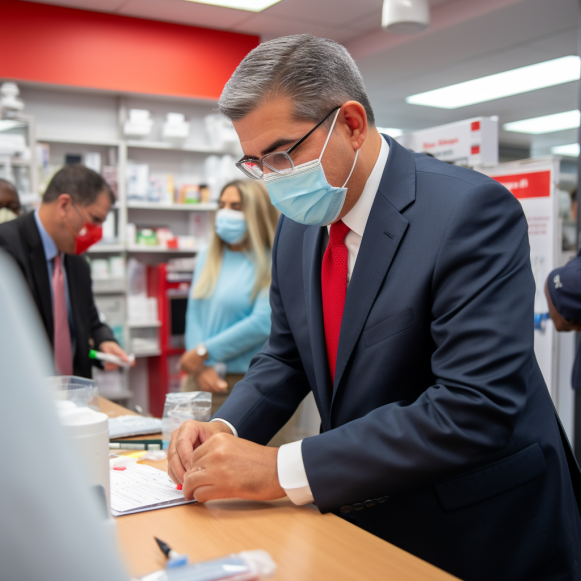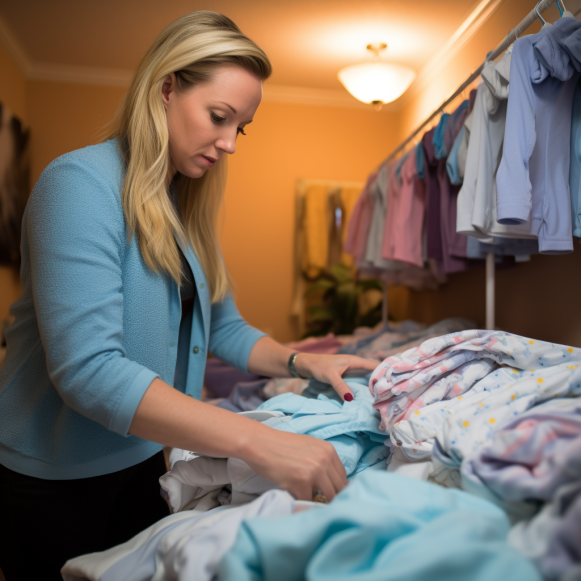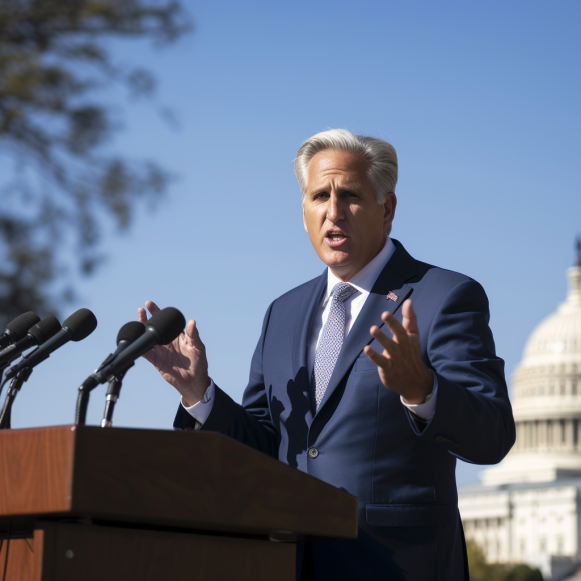Analysis: A new era of vaccines leaves old questions about prices unanswered

The world is entering a new vaccine era. Following the success of COVID-19 mRNA shots, scientists now have a far greater ability to tailor shots to a virus’s structure, opening the door to a slew of new vaccines.
Several new immunizations against respiratory syncytial virus, or RSV, have recently arrived, as anyone who listens to the radio or uses social media is aware.
These shots are welcome because RSV can be dangerous, even fatal, in the elderly and young. However, the shots are expensive — around $300 for those aimed at adults and up to $1,000 for one aimed at babies, which is a monoclonal antibody rather than a traditional vaccine. Many older vaccines are extremely inexpensive.
As a result, their arrival forces the United States to confront questions it has long avoided: How much should an immunization that will be given to millions of Americans on a regular basis cost in order to be truly valuable? Also, given that the United States is one of only two countries that allow direct advertising to consumers, how can we ensure that the shots are delivered to those who will truly benefit rather than those who will not?
Already, advertisements on television and social media depict active retirees playing pickleball or visiting art galleries whose lives have been “cut short by RSV.” This explains the long lines at my local pharmacy.
However, the indiscriminate use of expensive shots could strain the already tight budgets of both public and private insurers.
Other developed countries have deliberate strategies in place to determine which vulnerable groups require a specific vaccine and how much to pay for it. The United States does not, and as specialized vaccines proliferate, public programs and private insurers will have to figure out how to use and finance shots that can be extremely beneficial for some but waste precious health dollars if administered to everyone.
A seasonal viral illness, RSV can cause hospitalization or, in rare cases, death in babies and in people age 75 or older, as well as those with serious underlying medical conditions such as heart disease or cancer. For most people who get RSV, it plays out as a cold; you’ve likely had RSV without knowing it.
However, RSV hospitalizes about 2% of babies under the age of one and kills between 100 and 300 of those under the age of six months because their immune systems are immature and their airways are too narrow to tolerate the inflammation. Simply having a bad case of RSV as a child increases the risk of developing long-term asthma.
That’s why, according to Barney Graham, a scientist at the government’s National Institutes of Health who spent decades perfecting the basic science that led to the current shots, “the most obvious use is in infants,” not adults.
That’s also why European countries attempting to figure out how to best use these vaccines without breaking the bank prioritized babies and determining a reasonable price. Though the very old are more likely to die from RSV, the years of life lost for the very young are much greater. (Babies can receive the monoclonal antibody shot or benefit from a traditional vaccine administered to the mother near the end of pregnancy, conferring immunity through the womb.)
A group of European experts led by Philippe Beutels, a professor of health economics at the University of Antwerp in Belgium, calculated that the shots would only be “worth it” in terms of infant lives saved and hospitalizations avoided if the cost was less than $80, he said over the phone. This is because, with supportive care, almost all babies survive RSV.
Countries such as Belgium, England, Denmark, Finland, and the Netherlands will use the calculation to negotiate a set price for the two infant shots, followed by decisions on which version should be offered, based in part on which is more affordable.
They have not yet considered how to distribute the vaccines to adults, who are thought to be less urgent, because studies show that RSV rarely causes severe disease in adults who live outside of care settings, such as a nursing home.
Why did the United States and Europe take opposing approaches to the problem?
There was a financial incentive in the United States: roughly 3.7 million babies are born each year, while there are approximately 75 million Americans aged 60 and older — the group for which the two adult vaccines were approved. Furthermore, approximately half of all children receive their vaccines through the Vaccines for Children program, which negotiates lower prices.
Furthermore, babies can only be vaccinated by their clinicians. Adults can walk into pharmacies for vaccinations, and pharmacies are more than happy to accommodate them.
But which elderly people actually benefit from the shot? The adult vaccines’ manufacturers, GSK and Pfizer, conducted their studies for FDA approval in a population of generally healthy people 60 and older, so they may be marketed to that age group. And marketed they are, despite the fact that studies show the shots do not prevent hospitalization or death in people aged 60 to 75.
This resulted in a “narrow” recommendation from the Centers for Disease Control and Prevention’s Advisory Committee on Immunization Practices for people aged 60 to 75: patients in that age range could get the shot after “shared clinical decision-making” with a health provider.
Because of this ambiguous recommendation, some Americans aged 60 and up with commercial insurance may find that their insurers refuse to cover it. Under Obamacare, insurers are required to cover vaccines recommended by the ACIP at no cost; however, if a provider recommends vaccination, it must be covered by insurance.
(In late September, the ACIP recommended that all babies be immunized with either the antibody or the maternal vaccine. Insurers have a year to begin coverage, and many have been hesitant due to the high cost.)
There are better and more equitable ways to get shots into the hands of those who need them, rather than simply giving them to those who have the “right” insurance or can afford to pay. For example, insurers, including Medicare, could be required to cover only those between the ages of 60 and 75 who have a doctor’s prescription, indicating shared decision-making.
Finally, during the pandemic, the federal government purchased all COVID-19 vaccines in bulk at a negotiated price, initially less than $20 per shot, and distributed them throughout the country. If, in order to protect public health, we want vaccines to reach as many people as possible, that is a more cohesive strategy than the patchwork approach currently in place.
Vaccines are amazing, and it’s wonderful that they can now prevent serious illness and death from RSV. However, using such novel vaccines wisely — getting them to the people who need them at a reasonable cost — will be critical. Otherwise, the cost to the health-care system and patients could undermine this significant medical breakthrough.





